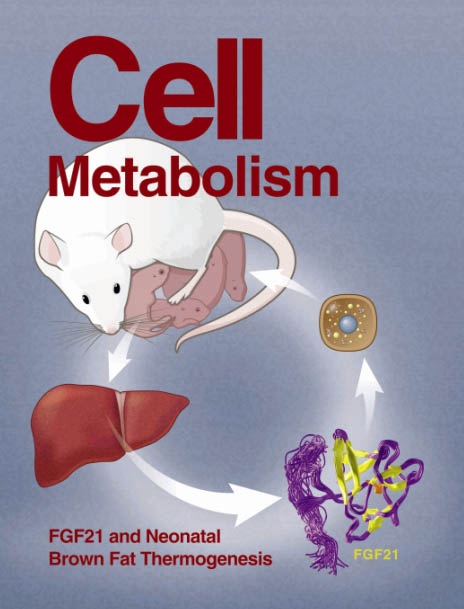从遗传学和生理学角度了解饱足变异性,预测对肥胖治疗的反应
IF 30.9
1区 生物学
Q1 CELL BIOLOGY
引用次数: 0
摘要
成年肥胖患者的饱足感,也就是调节食量和食量的过程,差异很大。为了更好地理解和利用这种可变性,我们通过随意用餐来评估饱腹热量(CTS),并结合生理和行为评估,包括量热法、成像、血液采样和胃排空测试。虽然基线特征、身体成分和激素水平等因素部分解释了CTS的可变性,但它们留下了大量的可变性。为了解决这一差距,我们开发了一种机器学习辅助遗传风险评分(CTSGRS)来预测高CTS。在一项随机临床试验中,高CTS或CTSGRS的参与者在52周内使用芬特明-托吡酯获得了更大的体重减轻,而低CTS或CTSGRS的参与者在16周时对利拉鲁肽的反应更好。这些发现强调了将饱腹感测量与遗传模型结合起来预测治疗结果并为肥胖管理的个性化策略提供信息的潜力。本文章由计算机程序翻译,如有差异,请以英文原文为准。

Genetic and physiological insights into satiation variability predict responses to obesity treatment
Satiation, the process that regulates meal size and termination, varies widely among adults with obesity. To better understand and leverage this variability, we assessed calories to satiation (CTS) through an ad libitum meal, combined with physiological and behavioral evaluations, including calorimetry, imaging, blood sampling, and gastric emptying tests. Although factors like baseline characteristics, body composition, and hormone levels partially explain CTS variability, they leave substantial variability unaccounted for. To address this gap, we developed a machine-learning-assisted genetic risk score (CTSGRS) to predict high CTS. In a randomized clinical trial, participants with high CTS or CTSGRS achieved greater weight loss with phentermine-topiramate over 52 weeks, whereas those with low CTS or CTSGRS responded better to liraglutide at 16 weeks in a separate trial. These findings highlight the potential of combining satiation measurements with genetic modeling to predict treatment outcomes and inform personalized strategies for obesity management.
求助全文
通过发布文献求助,成功后即可免费获取论文全文。
去求助
来源期刊

Cell metabolism
生物-内分泌学与代谢
CiteScore
48.60
自引率
1.40%
发文量
173
审稿时长
2.5 months
期刊介绍:
Cell Metabolism is a top research journal established in 2005 that focuses on publishing original and impactful papers in the field of metabolic research.It covers a wide range of topics including diabetes, obesity, cardiovascular biology, aging and stress responses, circadian biology, and many others.
Cell Metabolism aims to contribute to the advancement of metabolic research by providing a platform for the publication and dissemination of high-quality research and thought-provoking articles.
 求助内容:
求助内容: 应助结果提醒方式:
应助结果提醒方式:


